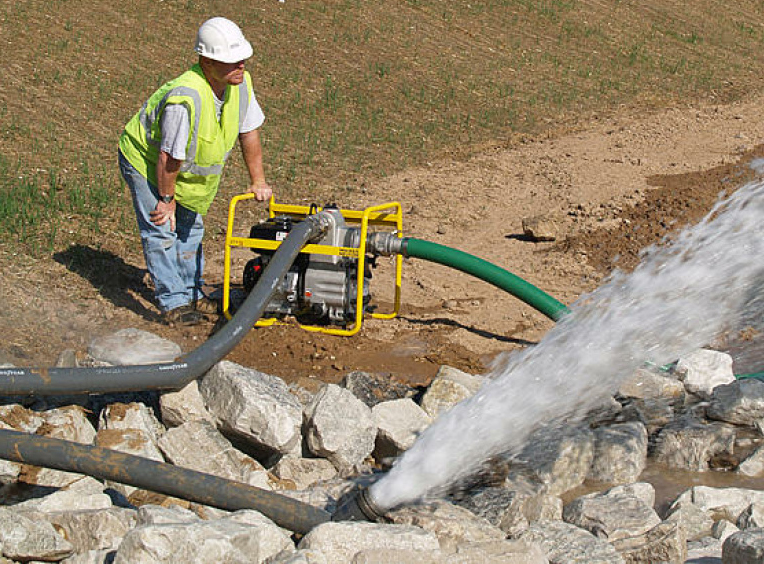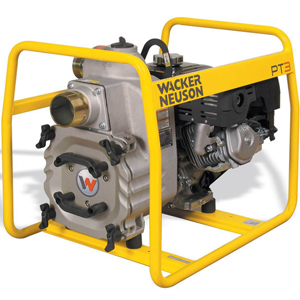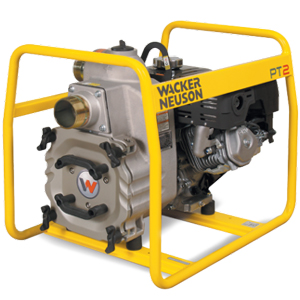The standard diesel pump won’t work if you need to remove mud, sand or other debris from water. To deal with thick, sludgy water, you will need a trash pump that is specially designed. Pumps like these are usually portable, making them easy to move around your site and set up. It will be easier to choose the right trash pump for your dewatering needs if you understand how trash pumps work.
When is a trash pump needed?
Pumps designed for use with petrol and diesel are designed to pump clear water. They can be affected by contaminated water filled with sand, soil, and solid objects, causing the pump to clog or the motor to break down, resulting in costly repairs or replacements. Solids like leaves, branches, pebbles, and twigs are no problem for centrifugal trash pumps, solving the problem of dewatering and preventing flooding.
How do trash pumps work?
During trash pumping, dirty water is sucked in, separated from contaminants, then emitted as filtered water. Depending on the type of trash pump you’re using, you can separate trash in different ways. Diaphragm pumps create an air vacuum, while portable trash pumps use centrifugal force to create an area of low pressure that draws water into the pump. During the ejection process, liquid is sucked through an impeller to remove solids. Trash pumps can be powered by diesel, petrol, or electricity.
How do trash pumps differ?
Choosing a water pump should be based on the kind of water you need to remove. Some water pumps can handle harder debris than others. Here are three trash pumps that you could use:
- Semi-trash pumps – suited for lightly muddy or sandy water, these less powerful pumps are capable of handling light dewatering tasks, but may run into problems if larger stones or objects are present.
- Centrifugal pumps – the most common type of pump, small trash pumps are portable and can handle solids up to 25mm, although larger models can handle debris up to 100mm. Compared to other types of dewatering pumps, they have deeper impeller vanes and discharge openings.
- Diaphragm pumps – larger than centrifugal pumps, air diaphragm pumps come in sizes from 25mm to 75mm. There are also air-driven submersible pumps available. They are typically used for draining ponds, sewage, and chemically contaminated water.










